New premium Giro Imperial and Empire SLX shoes launched
Giro has aimed for comfort, durability and low weight in its latest pro-level shoes
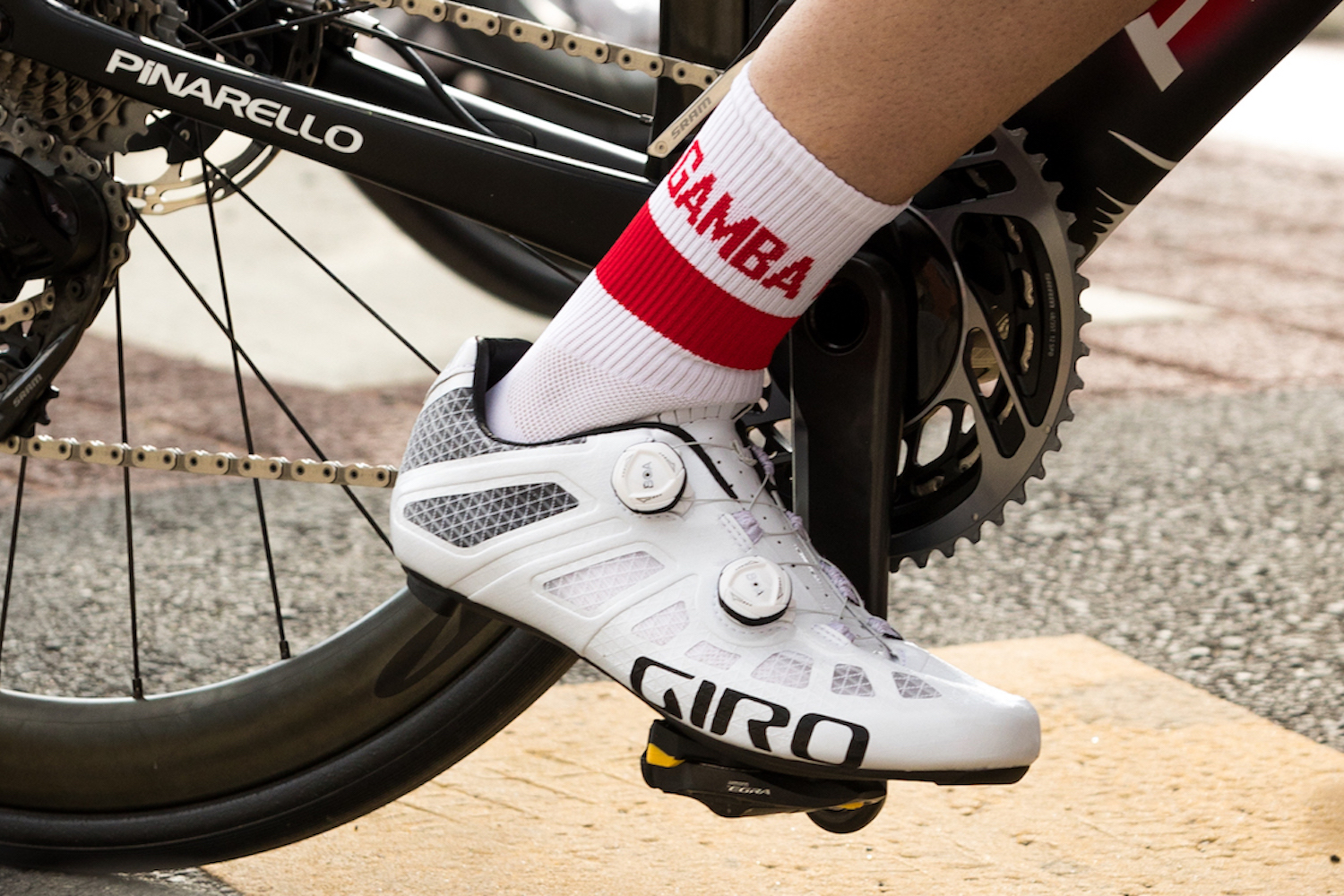

Giro has today launched two premium shoe models. The Imperial comes with two Boa dials, while the new model Empire SLX updates Giro’s lace-up design with a new, lightweight Syncwire upper, as also used in the Imperial.
New upper construction
The most pronounced feature of the Imperial and Empire SLX shoes is their very lightweight, breathable upper with large sections of low stretch mesh. These are thermally welded to polyester reinforcement, for extra strength and support where needed. There’s a third layer thermally welded to these, so that apart from a single seam behind the heel cup, the uppers are seamless.
Giro calls this new construction method Synchwire. As well as being comfortable in hot weather, another benefit of the lightweight synthetic upper is that the shoes dry quickly if you get caught out in the rain, plus the absence of seams eliminates the potential for fraying of the stitching and damage to the uppers.
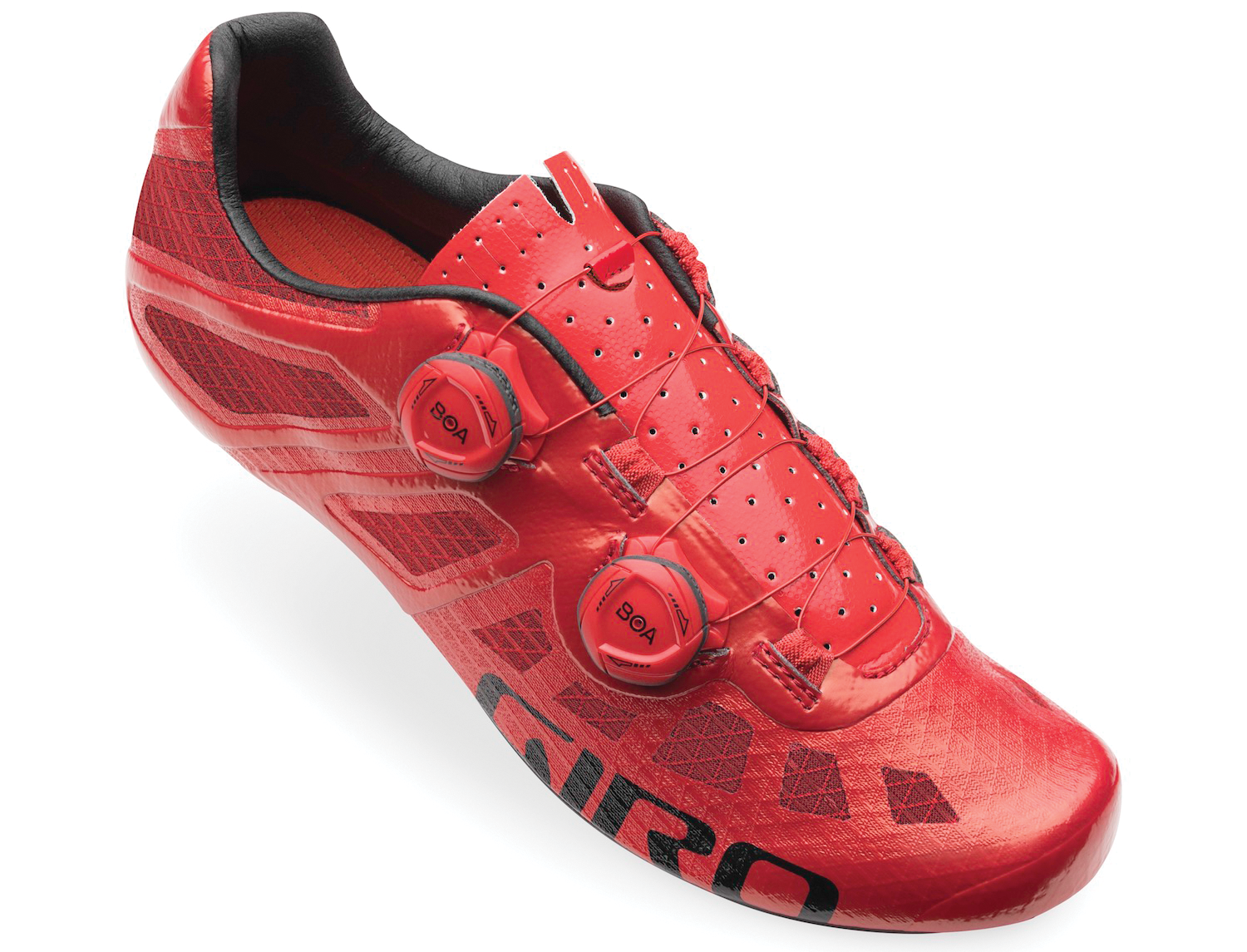
Both shoes use an Easton EC90 SLX2 carbon sole unit, with stainless steel cleat plate and replaceable heel pad. The construction makes for a lightweight shoe: we weighed the Imperial shoes at 220g per shoe for a size 42.5, while Giro quotes a weight of 185 grams for the Empire SLX in the same size.
Giro says that it could have made its new shoes lighter still, but it wanted to ensure their longevity, something that makes sense in a premium item.
It’s moved away from the TeXtreme carbon sole unit used in the Prolite Techlace shoes. That adds around 5g, but Giro says that the Easton sole unit is more durable and resistant to scuffing. Giro uses its Supernatural footbed in both shoe models. This has three arch support options to match the height of your instep and an antibacterial surface layer.
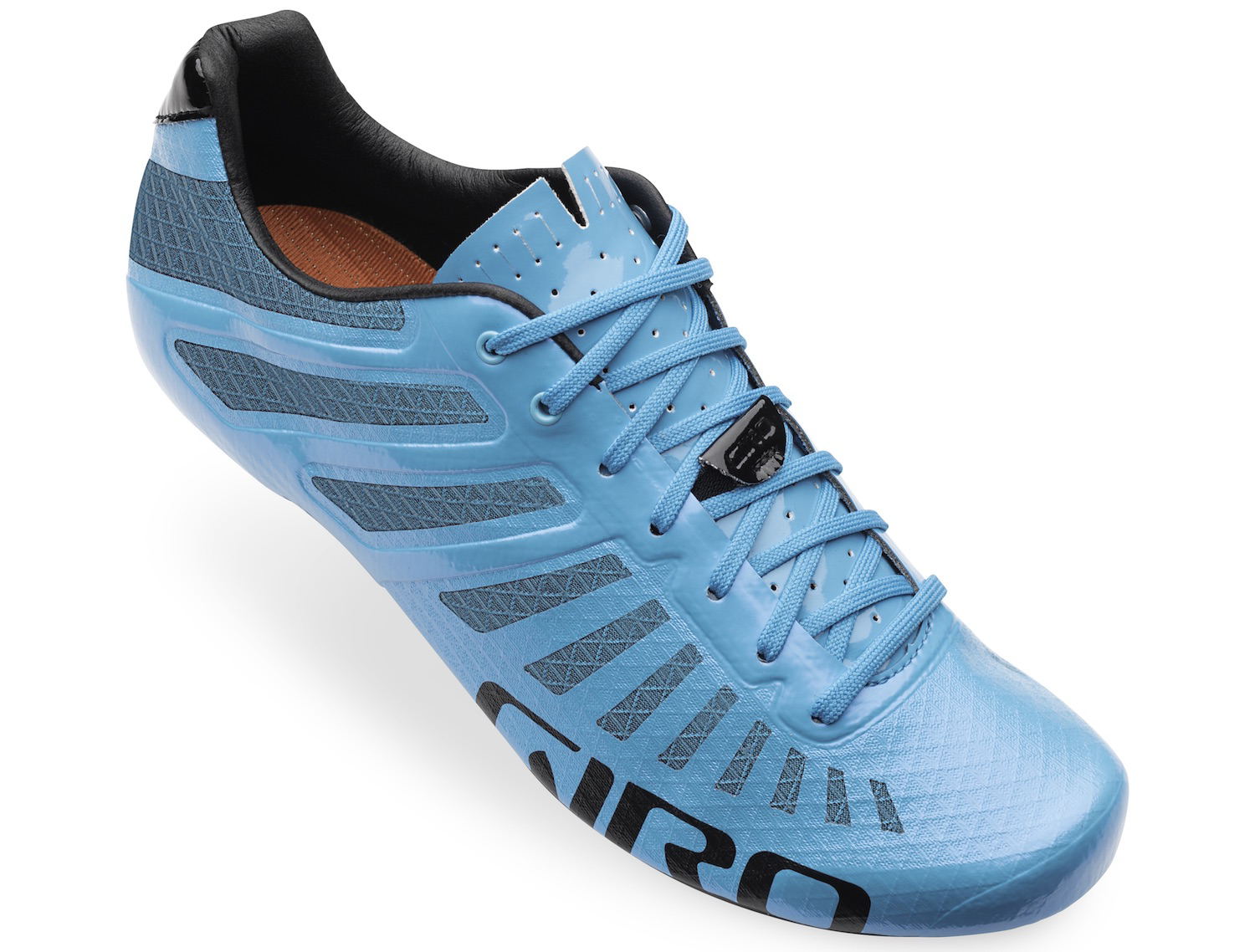
With the twin-Boa closed Imperial shoes, Giro has looked to avoid any hard surfaces coming into contact with the foot. The two Boa IP1 dials each have two crosses of the wire laces and the laceguides are made of fabric rather than metal or plastic.
>>> Best cycling shoes reviewed
This symmetric “double-double” closure means that the metal laces cross the foot six times in total for a lacing pattern that is similar to a conventional shoelace, but with more adjustability through the 1mm tightening and release increments offered by each of the two Boas.
Riding through Tuscany in the Giro Imperial shoes
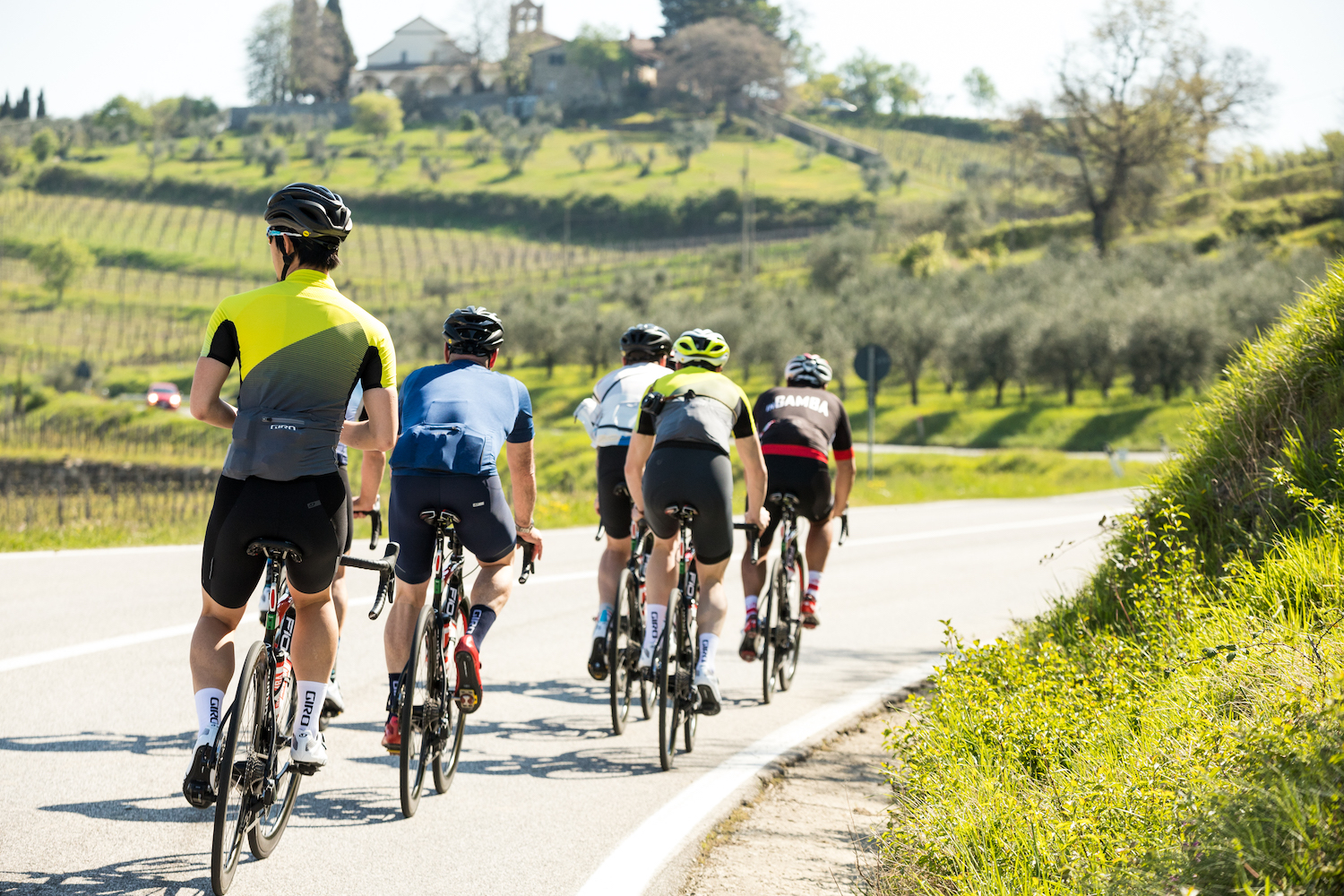
The proof of any shoe is in the riding, and over three days in Tuscany in April, Giro gave us ample opportunity to test out the new Imperial shoes over the amazing riding terrain of the Chianti region.
Pro level shoes can be a mixed blessing, often serving up excellent power delivery with a dose of hot foot and cramps. Out of the box, that wasn’t the case with the Imperial shoes. The fit just felt really dialled: not too tight but with ample support for good power transfer.
Giro’s hosts for the launch, inGamba, provided some big climbing days, with our second day out featuring over 1800m of climbing in 80km, but Giro’s new shoes always felt secure and comfortable, with the well vented uppers helping to keep my feet cool on some long, hot ascents.
I also wore them for the rather colder 1700m climb of the snow-covered Monte Grappa on a subsequent trip to Italy and again found the Imperial shoes light, comfortable and airy.
Pricing and availability
As you’d expect for such advanced cycling shoes, Giro’s new footwear doesn’t come cheap. The Imperial is priced at £375 ($425 or €399) while the Empire SLX costs £300 ($375, €329).
Colour-wise, the Imperial comes in red, black or white, while the Empire SLX is available in “iceberg blue”, black or white. Sizing for both shoe models is between 39 and 48, with half sizes between 42.5 and 45.5.

Thank you for reading 20 articles this month* Join now for unlimited access
Enjoy your first month for just £1 / $1 / €1
*Read 5 free articles per month without a subscription

Join now for unlimited access
Try first month for just £1 / $1 / €1
Get The Leadout Newsletter
The latest race content, interviews, features, reviews and expert buying guides, direct to your inbox!
Paul started writing for Cycling Weekly in 2015, covering cycling tech, new bikes and product testing. Since then, he’s reviewed hundreds of bikes and thousands of other pieces of cycling equipment for the magazine and the Cycling Weekly website.
He’s been cycling for a lot longer than that though and his travels by bike have taken him all around Europe and to California. He’s been riding gravel since before gravel bikes existed too, riding a cyclocross bike through the Chilterns and along the South Downs.
-
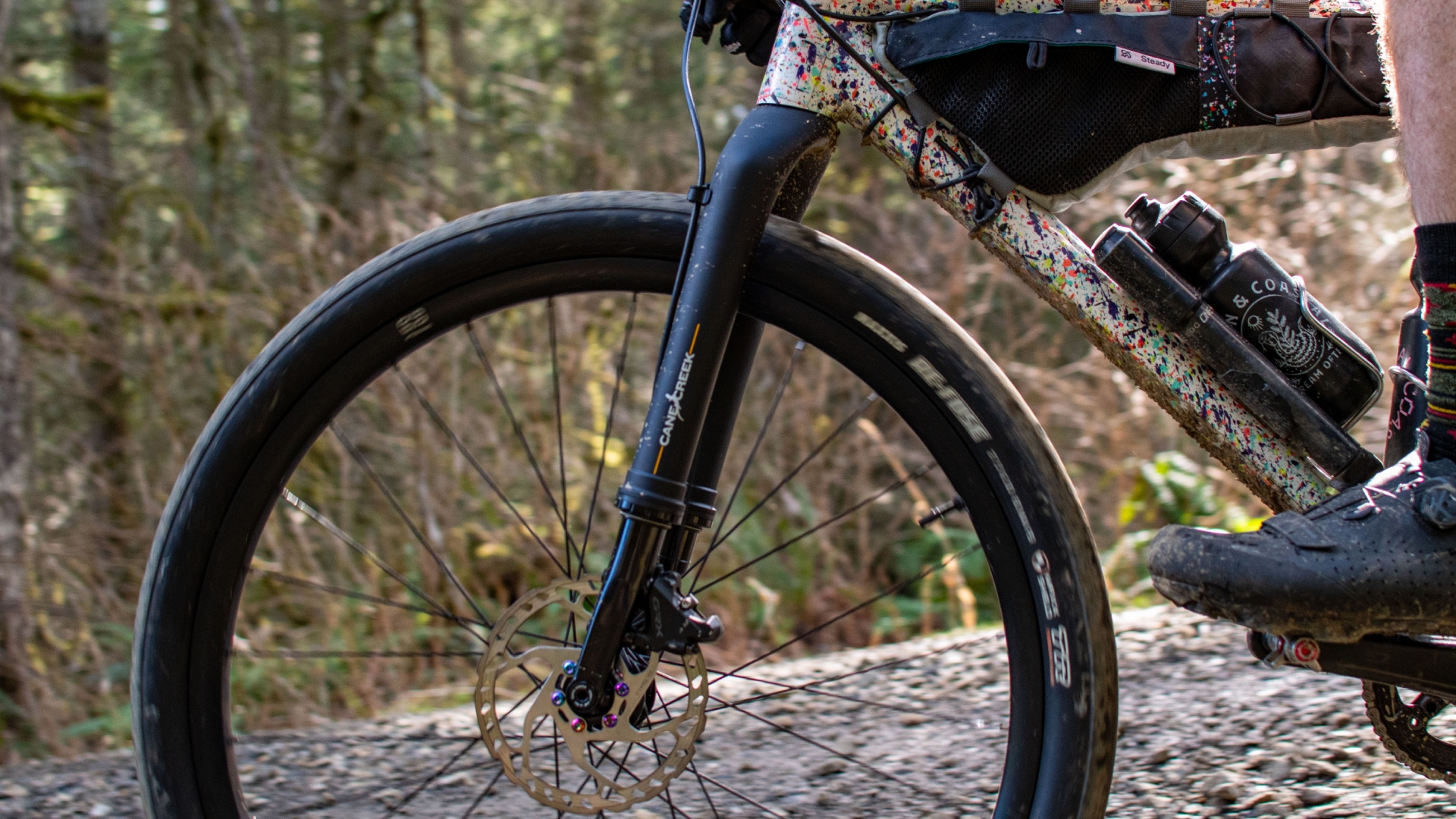 Review: Cane Creek says it made the world’s first gravel fork — but what is a gravel fork, and how does it ride?
Review: Cane Creek says it made the world’s first gravel fork — but what is a gravel fork, and how does it ride?Cane Creek claims its new fork covers the gravel category better than the mini MTB forks from RockShox and Fox, but at this price, we expected more.
By Charlie Kohlmeier
-
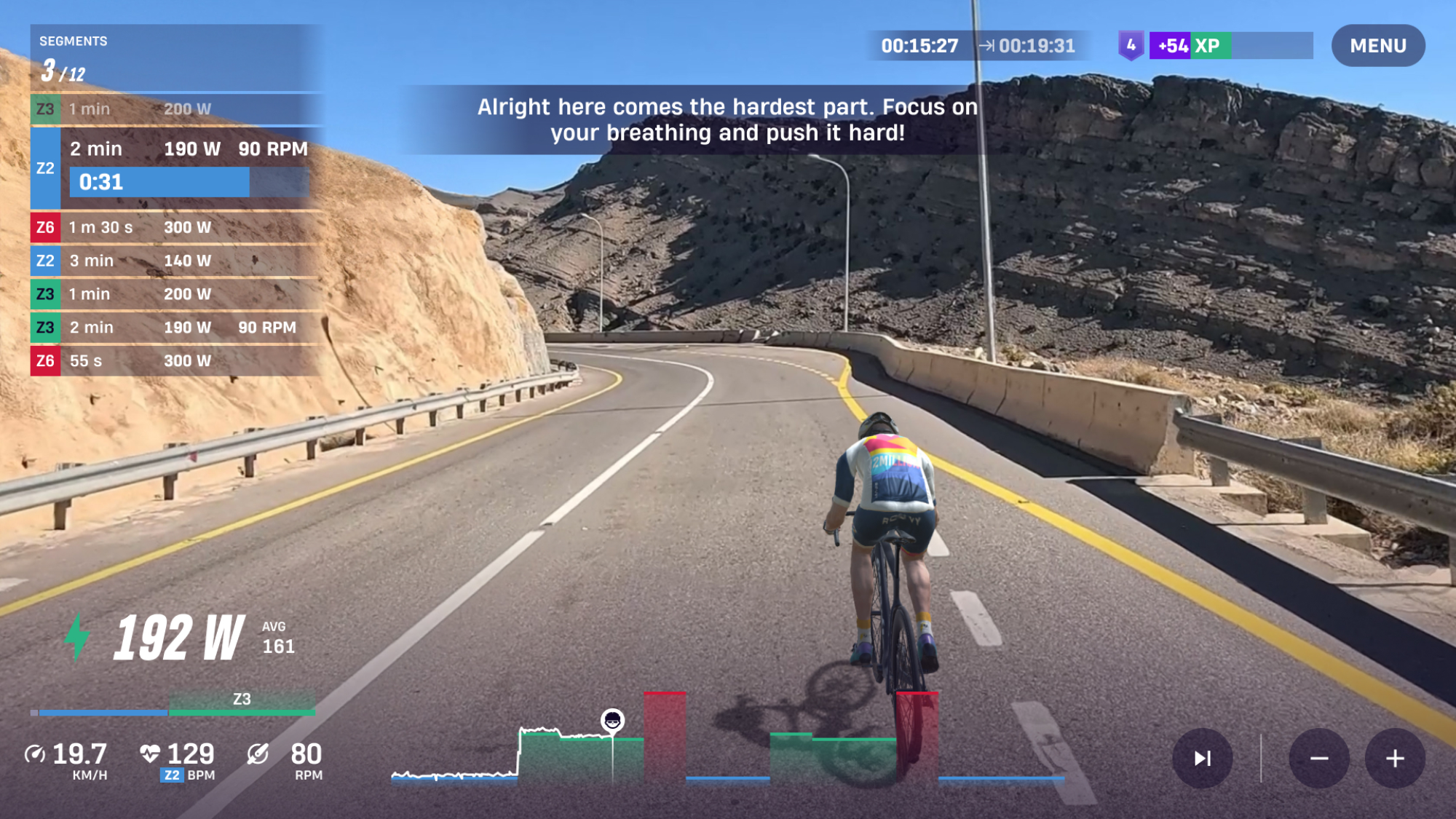 ROUVY's augmented reality Route Creator platform is now available to everyone
ROUVY's augmented reality Route Creator platform is now available to everyoneRoute Creator allows you to map out your home roads using a camera, and then ride them from your living room
By Joe Baker